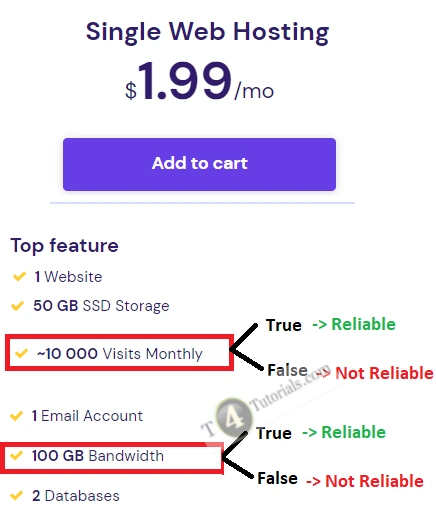Software Reliability Requirements are the requirements that a software vendor has to meet in order to be able to sell software. When it comes to the software industry, these requirements are usually defined by different standards bodies such as ISO or ANSI (American National Standards Institute). A company can either comply with these standards or not and if it does not comply with them, it will have problems selling its product. (i.e., product liability)Software Reliability Requirements are the requirements that software must meet before it is released to the public.
They are defined by the software vendor and are usually based on a set of expectations regarding how well the software will perform under different conditions.
Software reliability is a major concern for many companies today, as they need to ensure that their products and services will work when they are deployed in real-world scenarios.
Example of Reliability Requirements
Example#1 Web Hosting Suppose, a web hosting company is claiming that they will provide at least 10,000 monthly visits and 100 GB storage for a website like t4tutorials.com. We will try it for one month and if their claim is true, and the hosting really supports the mentioned numbers, then we can say that the hosting is reliable hosting. Otherwise, we can say that hosting is not reliable.